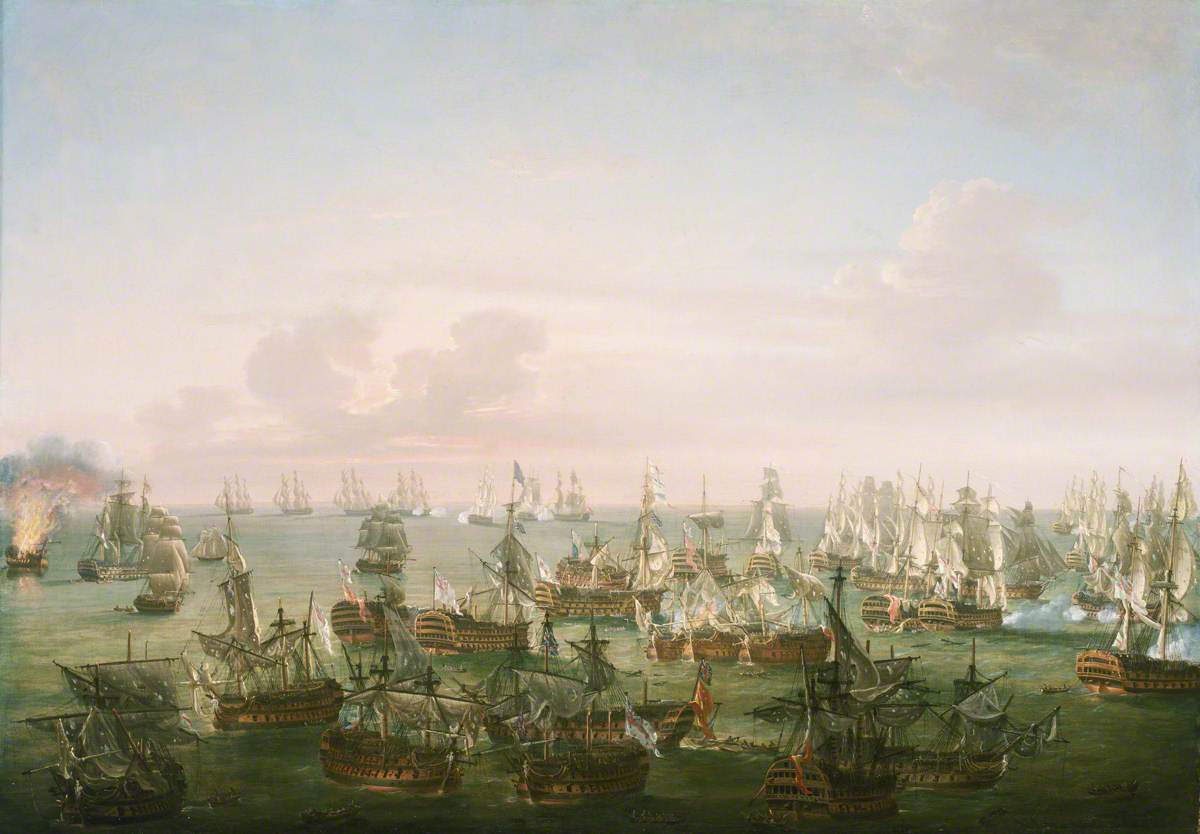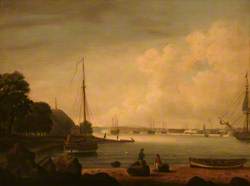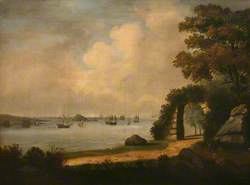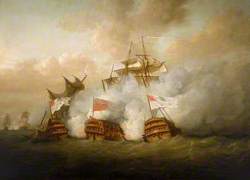How you can use this image
This image can be used for non-commercial research or private study purposes, and other UK exceptions to copyright permitted to users based in the United Kingdom under the Copyright, Designs and Patents Act 1988, as amended and revised. Any other type of use will need to be cleared with the rights holder(s).
Review the copyright credit lines that are located underneath the image, as these indicate who manages the copyright (©) within the artwork, and the photographic rights within the image.
The collection that owns the artwork may have more information on their own website about permitted uses and image licensing options.
Review our guidance pages which explain how you can reuse images, how to credit an image and how to find images in the public domain or with a Creative Commons licence available.
Notes
Add or edit a note on this artwork that only you can see. You can find notes again by going to the ‘Notes’ section of your account.
An action during the Napoleonic War, 1803–1815. On 15 September 1805 Vice-Admiral Lord Nelson re-hoisted his flag in the 'Victory', 100 guns, at Portsmouth and sailed to join Vice-Admiral Cuthbert Collingwood and re-assume command of the Mediterranean fleet off Cadiz on 28 September. On the same day Vice-Admiral Villeneuve was ordered to sail from Cadiz for the Mediterranean with just his French ships. However, the Spanish were determined to accompany him. On the morning of 21 October the British found the Franco-Spanish Allied fleet, which reversed its course northwards towards Cadiz, forming into a somewhat disordered single column on the port tack in a light wind. The British fleet was in two parallel lines, the left-hand or windward column being led by Nelson in the 'Victory', the right-hand or leeward one by Collingwood in the 'Royal Sovereign', 100 guns.
The action quickly became general and continued for over three hours, by which time 17 Allied ships had struck and one blown up. Although no British ship was lost, the battle is important because of its conclusive nature and the fact that Nelson was among the dead. While the war continued for nearly ten more years, it was its last fleet action of major strategic import.
This painting shows the two fleets at the end of the action at about 5pm and is a bird's-eye view from the south-east. In the foreground the most shattered of the British ships lie with their prizes. Beyond, the remaining 10 enemy ships are making their escape. Beyond this last group is the 'Victory' with only her foremasts standing, in starboard quarter view and almost masking Villeneuve's flagship 'Bucentaure', also in starboard-quarter view.
Title
The Battle of Trafalgar, 21 October 1805: End of the Action
Date
c.1808
Medium
oil on canvas
Measurements
H 71.1 x W 101.6 cm
Accession number
BHC0549
Work type
Painting








